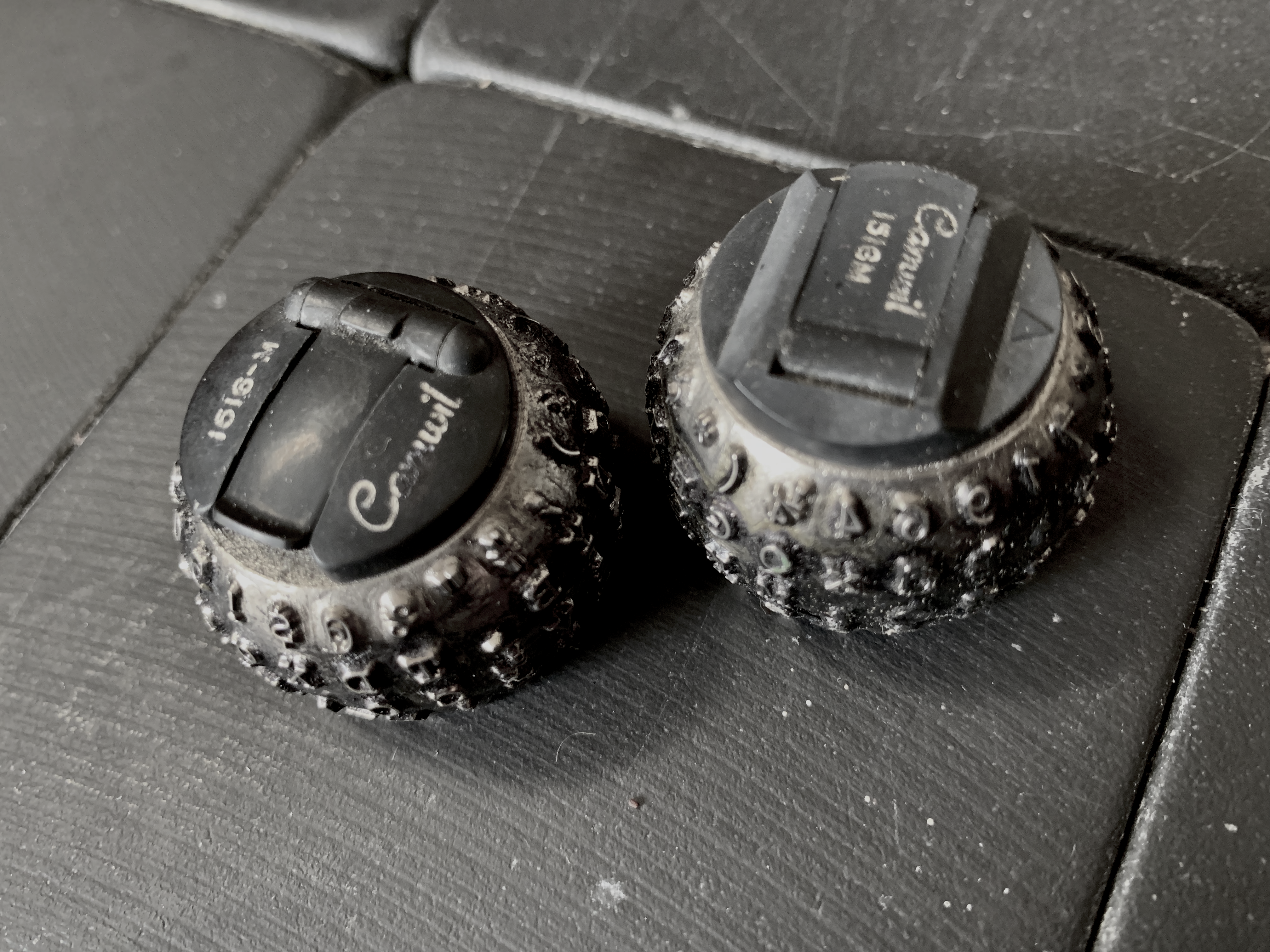Touch typin’ Keyboard
You could always get a Dvorak keyboard if you wanted one.
Sometime around 1956, when I was in elementary school in Fox Point Wisconsin (a northern suburb of Milwaukee), and living near a busy four-lane highway that later became an Interstate, it would have been the normal time for my friend Peter Osnos to learn how to type. The thing is, though, men of that era did not learn how to touch type, and Peter did not learn, forced by his early facility to continue on at the same level, looking at the keyboard and using his two index fingers.
I was taught touch typing twice, once in summer school in Ogden Utah, no doubt stymied by the fact that there was no math summer school beyond the solid geometry I had taken the year before, and once in grad school, when a friend told me about the Dvorak keyboard layout, which turned out to be a lot easier — effortless, really — and which I went to great pains to obtain and learn.
I knew that you could purchase Dvorak elements for a selectric typewriter, a technology that I saw previewed at the IBM booth at the 1964 World’s Fair in Queens, NY. But a Selectric &tm; cost $600 at the time, out of reach. I also knew Smith-Corona would sell you a typewriter with a Dvorak layout, and I did love my old Smith-Corona, which I had given up to my college-bound brother.
I did have an IBM Model D typewriter, a device that had its alphabetic letters at the ends of a set of long thin metal rods which, when you pressed the key buttons, would fly up and strike the paper, held in place against a roller. That’s right, I’m describing the mechanics of a typewriter LOL.
The minor problem? The keys, soldered to the ends of these metal rods, were in the wrong layout. Simple solution. Get a soldering iron, melt the key slugs off the rods, and re-solder them in the right position. Amateur typewriter mechanic, moi, with a big emphasis on ‘Amateur’. You could actually buy a “key slug soldering rig” which, dear reader, I did. And then, trusty soldering iron in hand, I made it so.
Then, I learned to type.
I taped over the letters so I could not see them, just as in the famous family “Cheaper by the Dozen,” a humorous memoir of which was published in 1950.
When I had a pro typewriter mechanic fix my soldering job (so I could get my $1 a page transcription wages), I bought blank keycaps from IBM.
I ordered the  and became a journeyman transcriber.
and became a journeyman transcriber.
Eventually, I typed up 80,000 of court and scientific meeting transcripts. These title pages are representative.
I got an Apple 2 computer in 1980, and pored over 6502 assembly listings (Including something called ‘sweet sixteen’, authored by Steve Wozniak), searching for the place where the pressed keystroke was processed, so I could somehow hook into it, and have a software Dvorak layout. In the infinitely expandable Apple2 ecosystem, I eventually found a hardware attachment that gave me Dvorak. Meanwhile, a friend crafted a solution in the FORTH programming language, so I could program in FORTH using a Dvorak layout. I learned FORTH, and after writing a bunch of machine language assemblers including for the TMS320 signal processing chip, got a software consulting job and left transcription behind.
Today, I can still type about as fast as most people can talk, and I have to say, it’s been a handy skill. A couple of years ago I took TMS320 off my resume because I was still getting recruiter calls decades later.
Today, as developers on twitter agree it’s recommended to learn touch typing and it doesn’t take too long to achieve “Return On Investment (ROI)”.
— all photos Copyright © 2022-2024 George D Girton all rights reserved